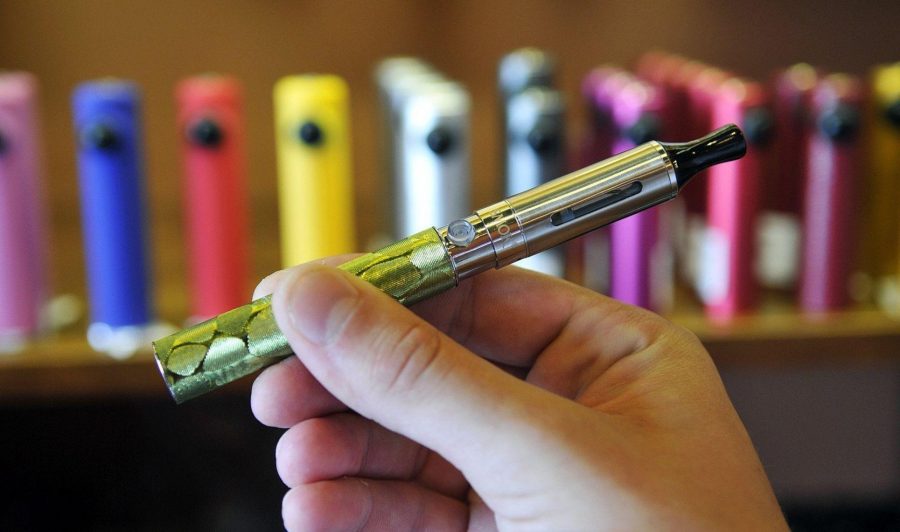What’s in a tweet: Pitt studies tech media
October 6, 2014
Like the benefits and risks of red wine, chocolate and afternoon naps, a new center at Pitt studies the dual effects of technology consumption.
Pitt officially launched the Center for Research on Media, Technology and Health on Sept. 1 to research both the positive and negative effects of media and technology on health.
Existing research focuses on the ways in which media makes us unhealthy and lazy, while other projects seek to uncover the capability of technology to save lives, according to the Center’s director Brian Primack.
Located at 230 McKee Place, suite 600, the center has 17 Pitt-affiliated faculty members and is an expansion of a program that the University put in place five years ago to study media and health in Pitt’s Divison of General Internal Medicine.
“We want to look at this in a really comprehensive way, look simultaneously at the positive impact and the potential negatives [of media and technology] and then create interventions to try to increase the positive things while also decreasing the negative things,” Primack said.
Becoming a center at the University, rather than just a program, allowed research to expand beyond the Health Sciences. Kevin Pang got involved with the Center during his freshman year when it was still considered a program.
Pang was a freshman pre-med student when he started working with the program, but has since switched to economics and philosophy. He says his work at the Center will give him experience related to his future career in medical public policy.
This year, Pang and other researchers at the Center are studying how people on Twitter feel about electronic cigarettes and vaporizor pens. Pang said he has looked through thousands of tweets to gauge the public’s general sentiments about the devices online.
He hopes to pursue similar issues relating to how technology affects human health from a policy standpoint.
“The end goal of this project is to incite some change with policy makers,” Pang said.
Pang has also co-authored research that is under consideration to be published in a journal entitled “Alcoholism: Clinical and Experimental Research.”
Pang and the other researchers studied YouTube videos, and how they portrayed alcohol use to viewers. The researchers then created a system of codes to give each video a quantitative evaluation of what its influence on viewers might be. The group created seven distinct codes relating to the consequences of alcohol consumption, such as sexual or legal ones.
The Center’s research areas are especially relevant because of the amount of media interaction in young people’s lives, according to Arthur Levine, the dean of Pitt’s medical school and senior vice chancellor of the health sciences department. Levine said he hopes the research will allow health professionals to use the media’s influence for good.
Accidents are the fifth leading cause of death for all age groups, genders and races, according to the Center for Disease Control. Levine said media could sway young people away from participating in detrimental behaviors that could cause these deaths, such car accidents or risky stunts.
The National Institute of Health (NIH), the National Cancer Institute, the Agency for Healthcare Research and Quality (AHRQ) and two University pilot grants funded the Center’s creation.
For Primack, extending the opportunities to students, both undergraduate and graduate, makes sense because students in the 18 to 22 age group often have more experience with technology, like social media, than older generations do.
“We don’t just include undergraduate students and graduate students because we have to, because we don’t,” Primack said. “We could easily be doing all of this on a faculty level, but we really value our undergraduate and graduate students tremendously because they know a lot more than we do about a lot of these technologies.”



